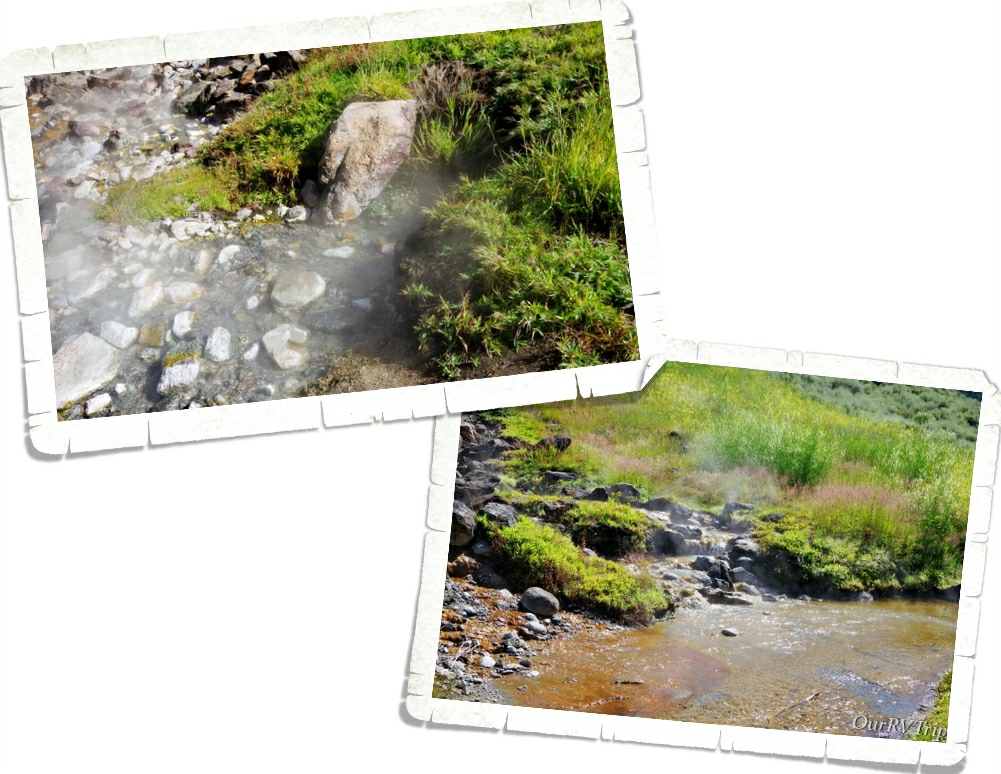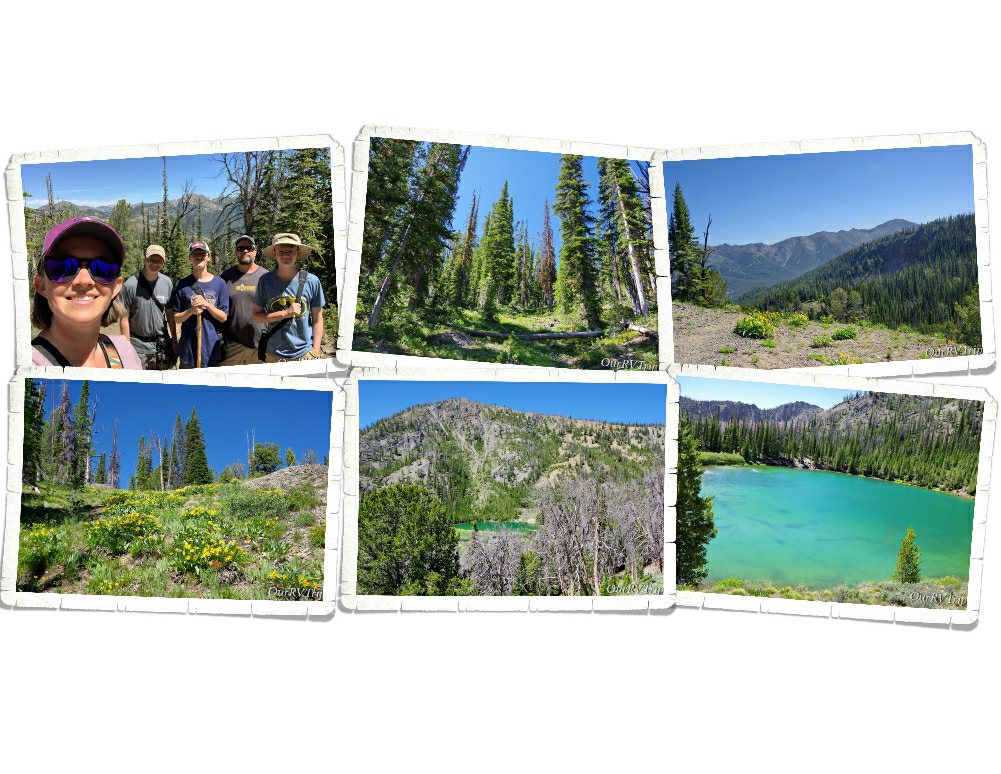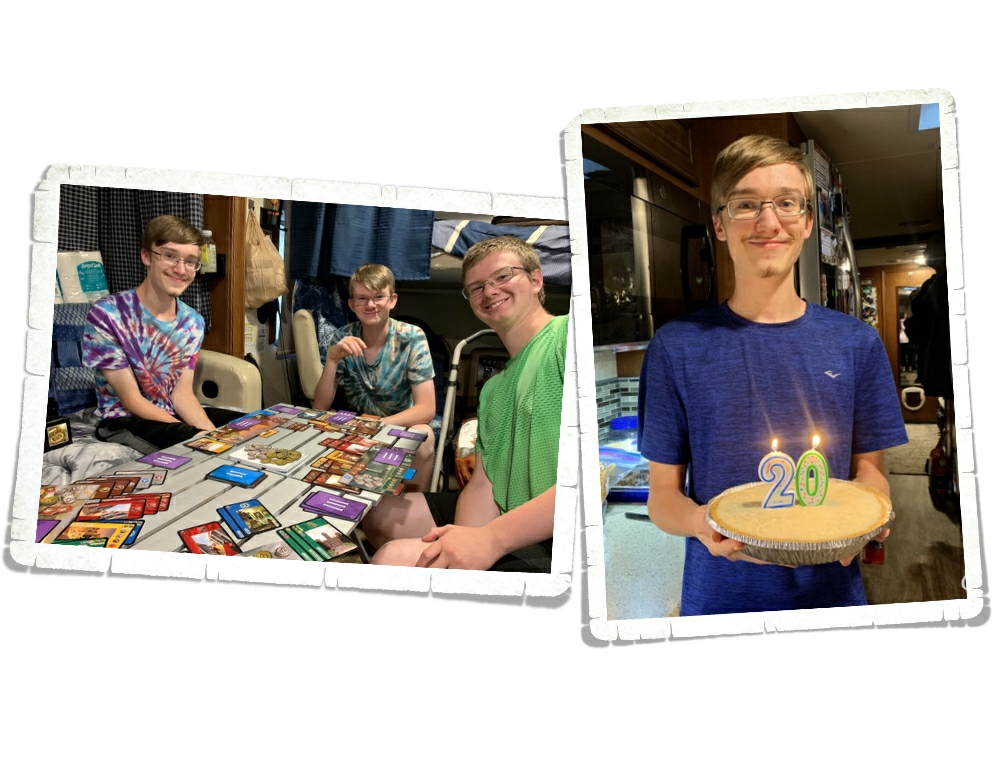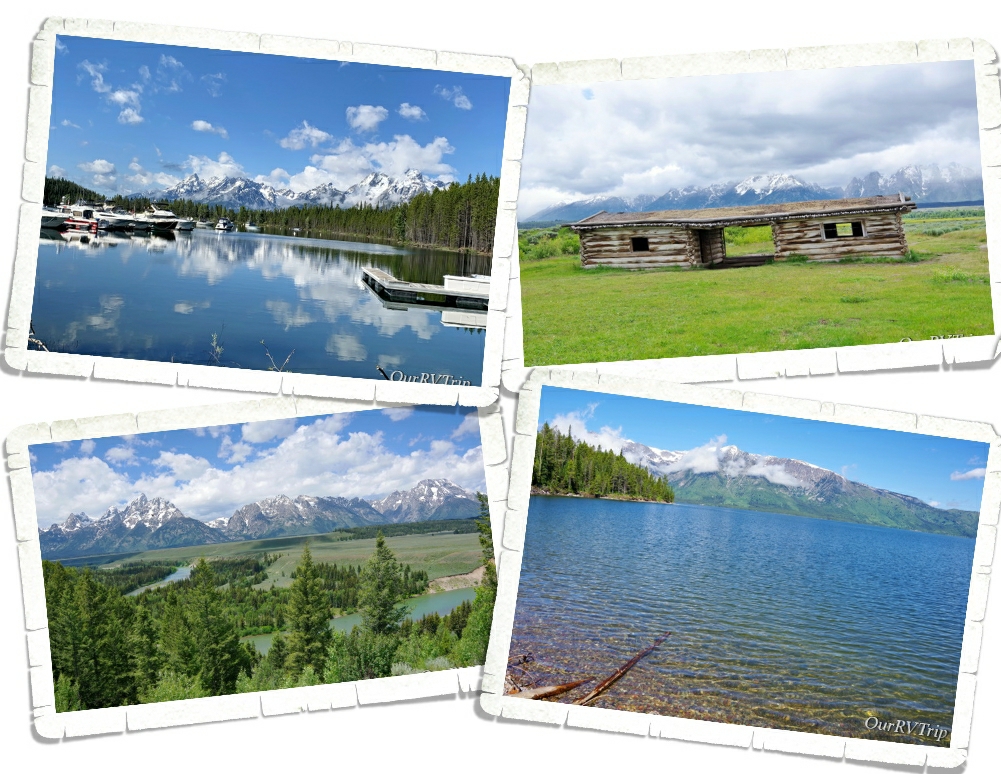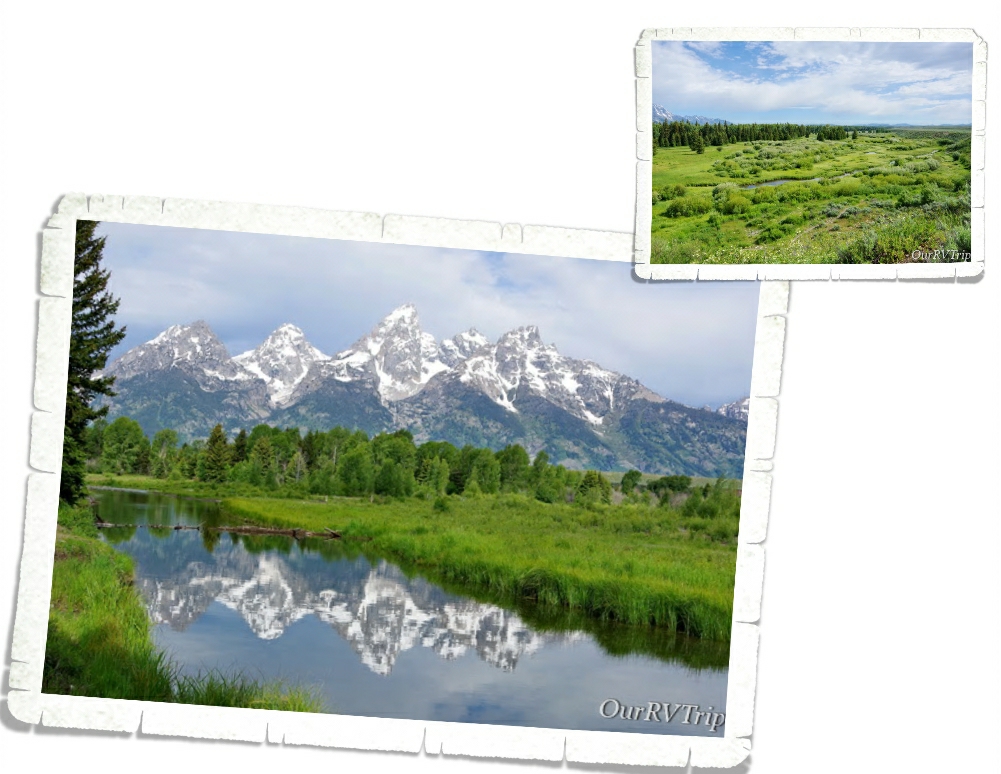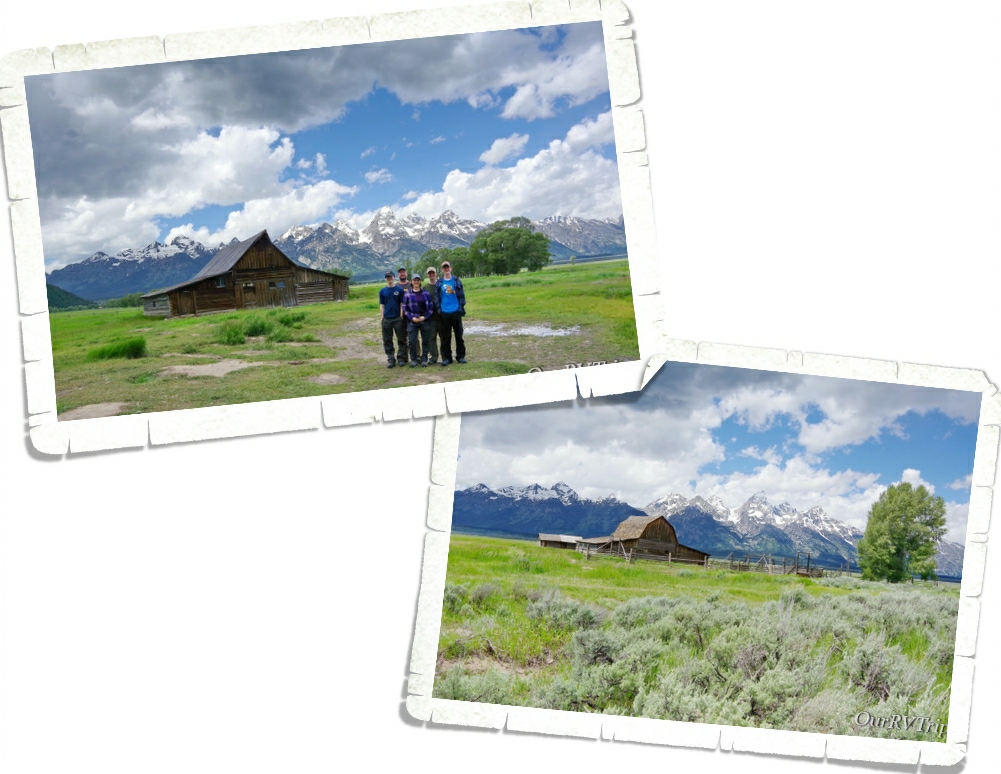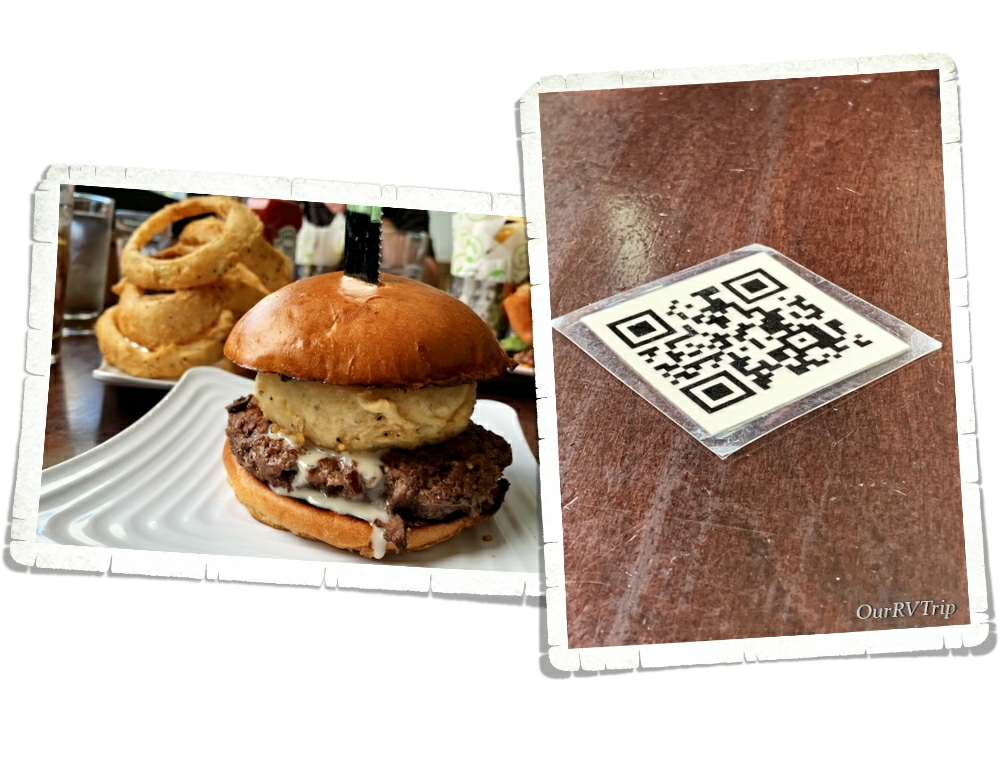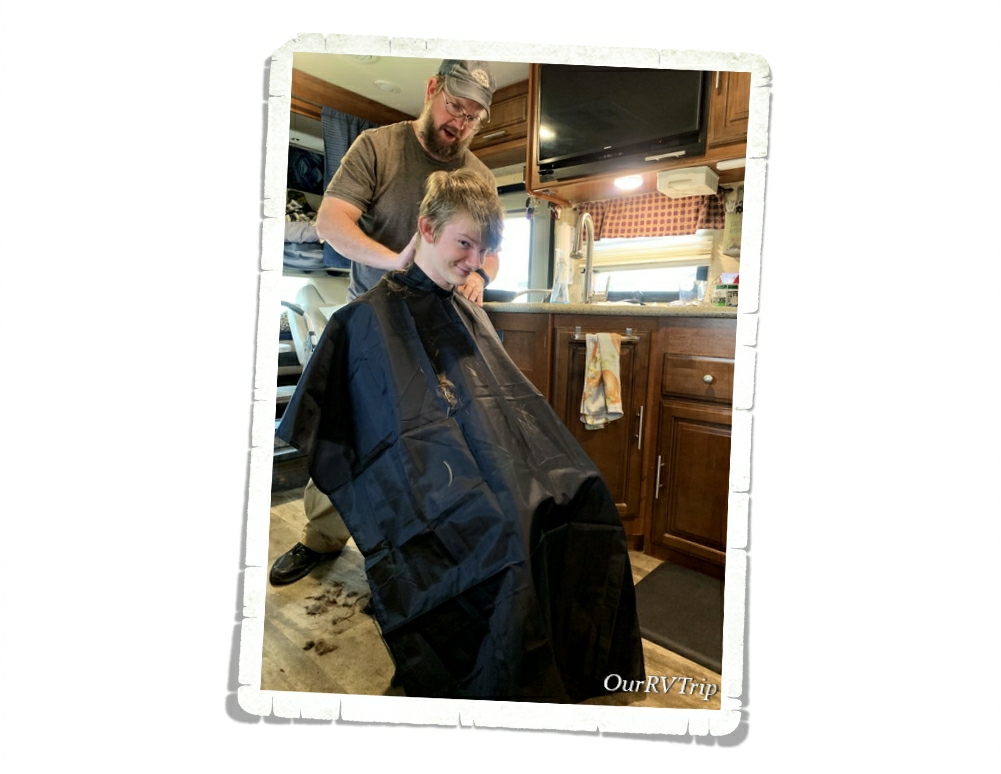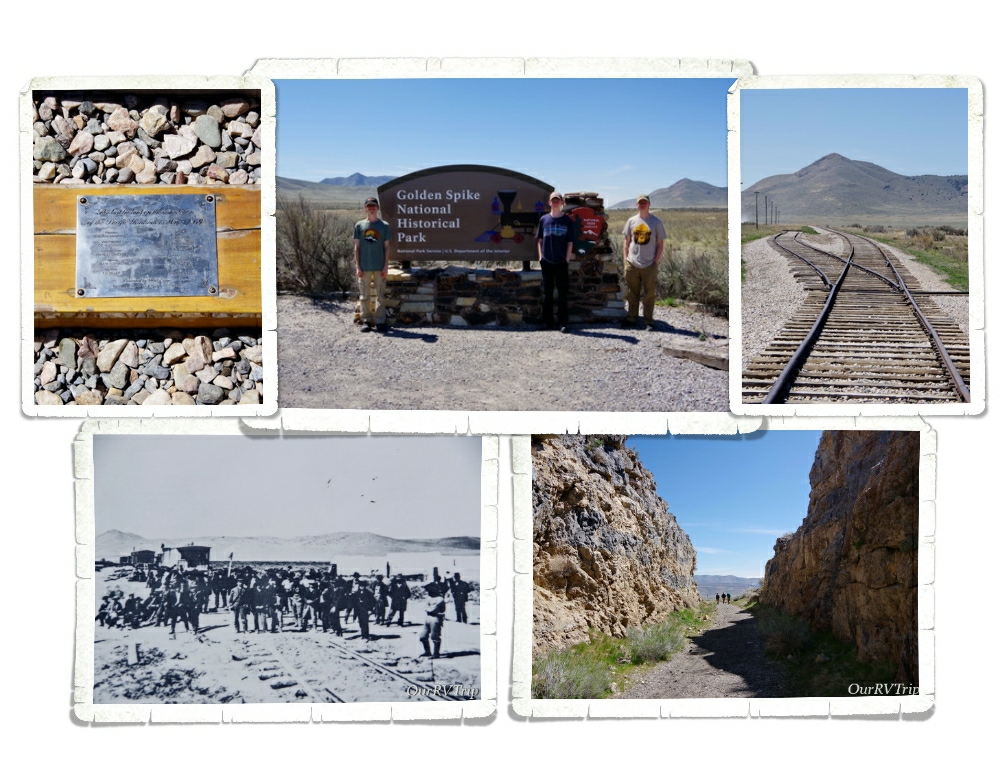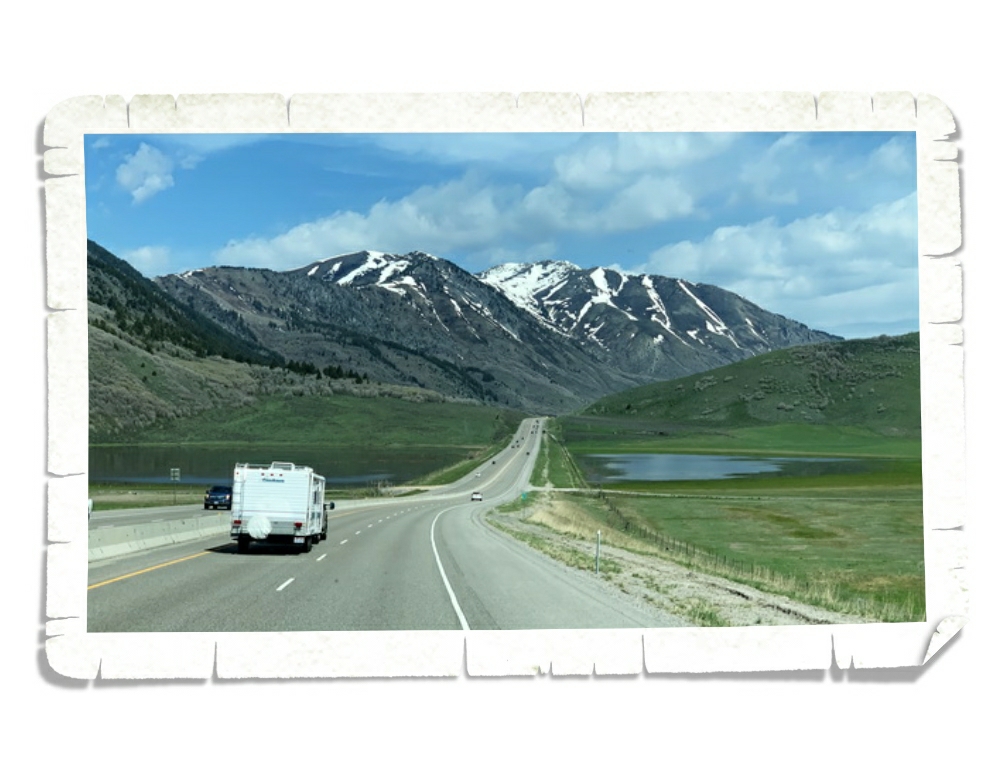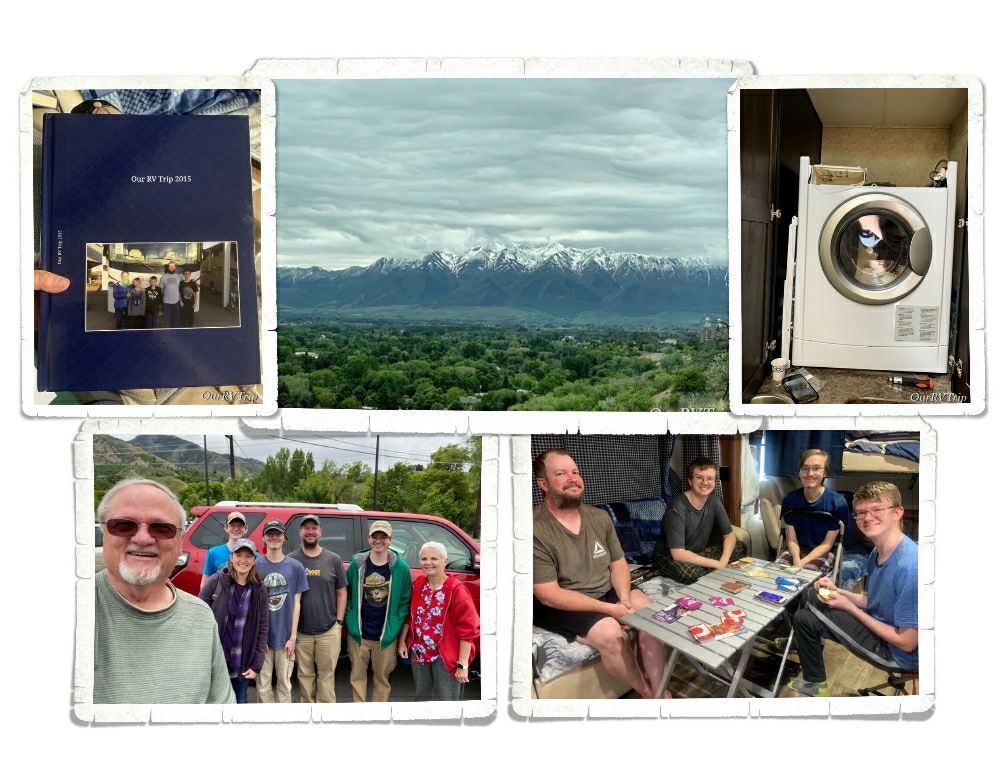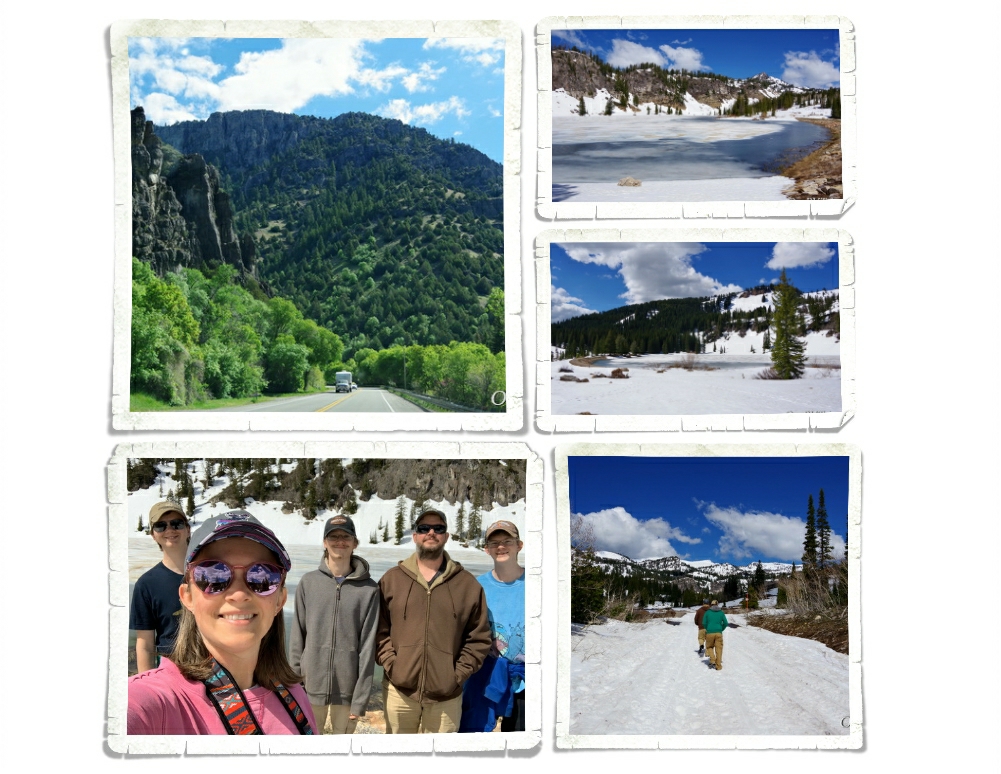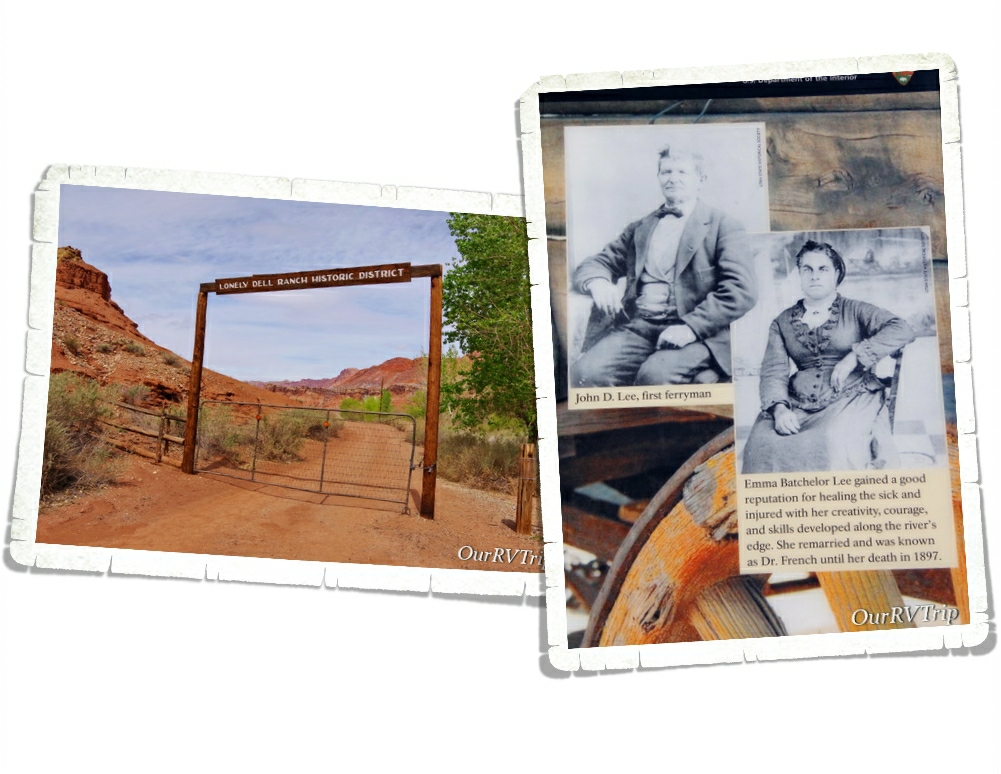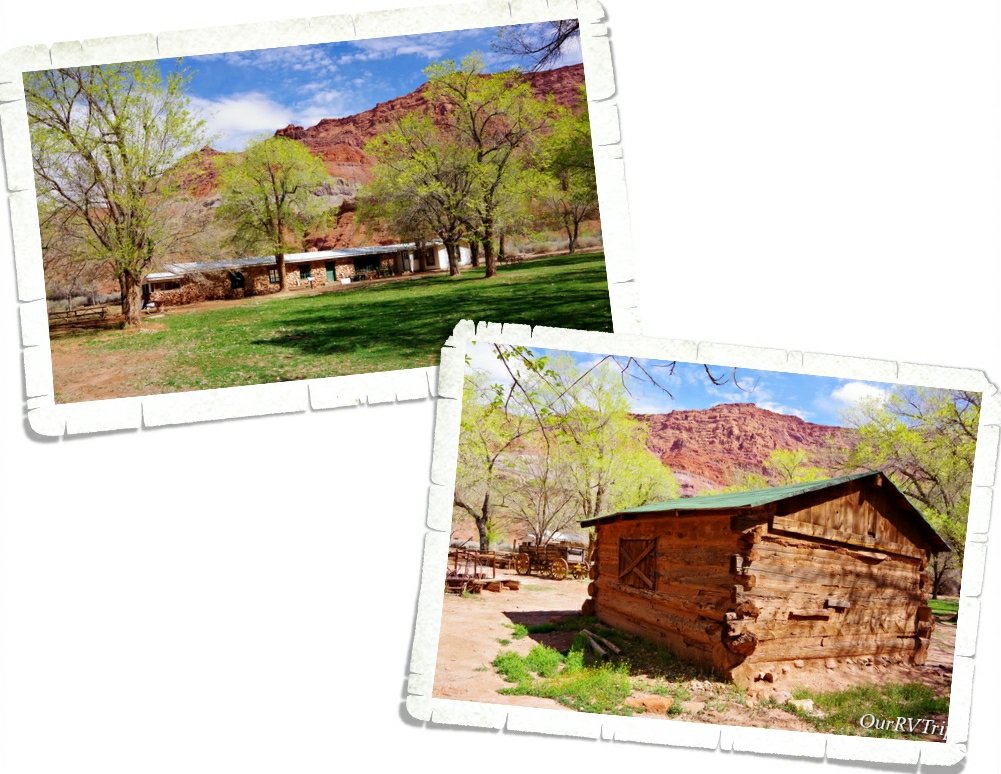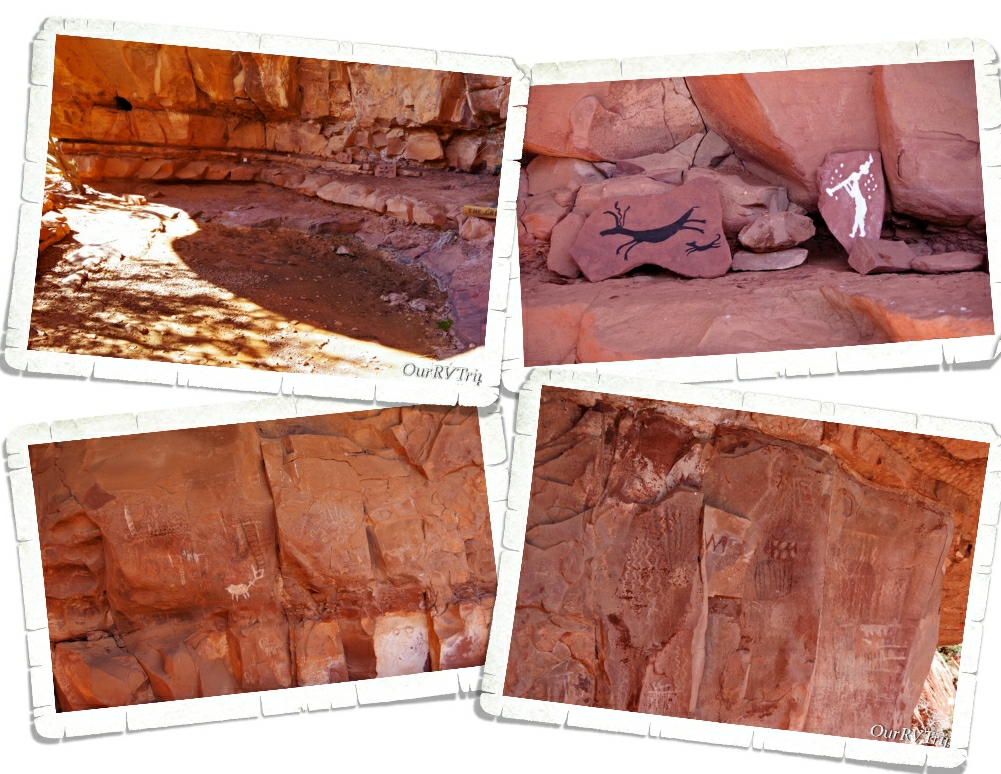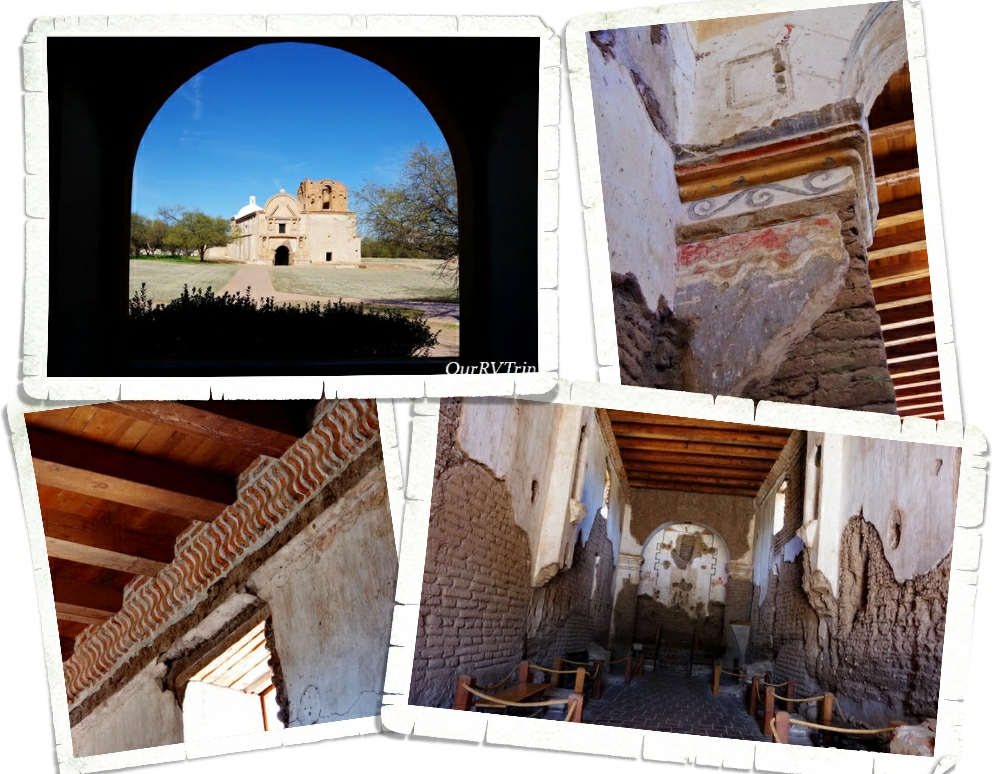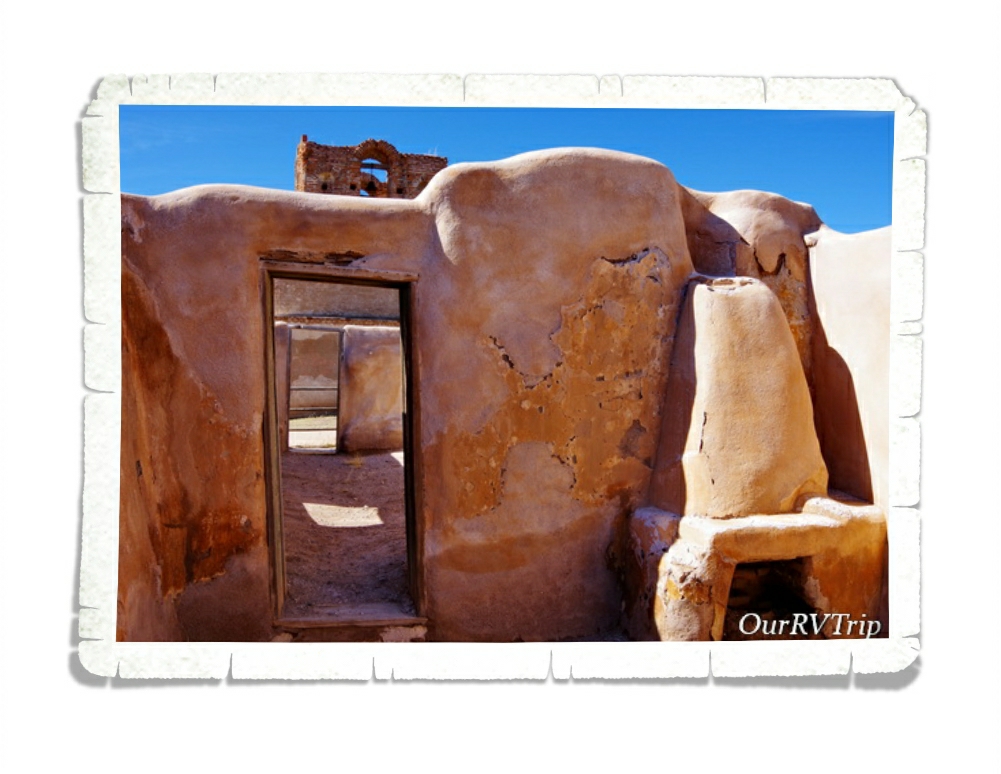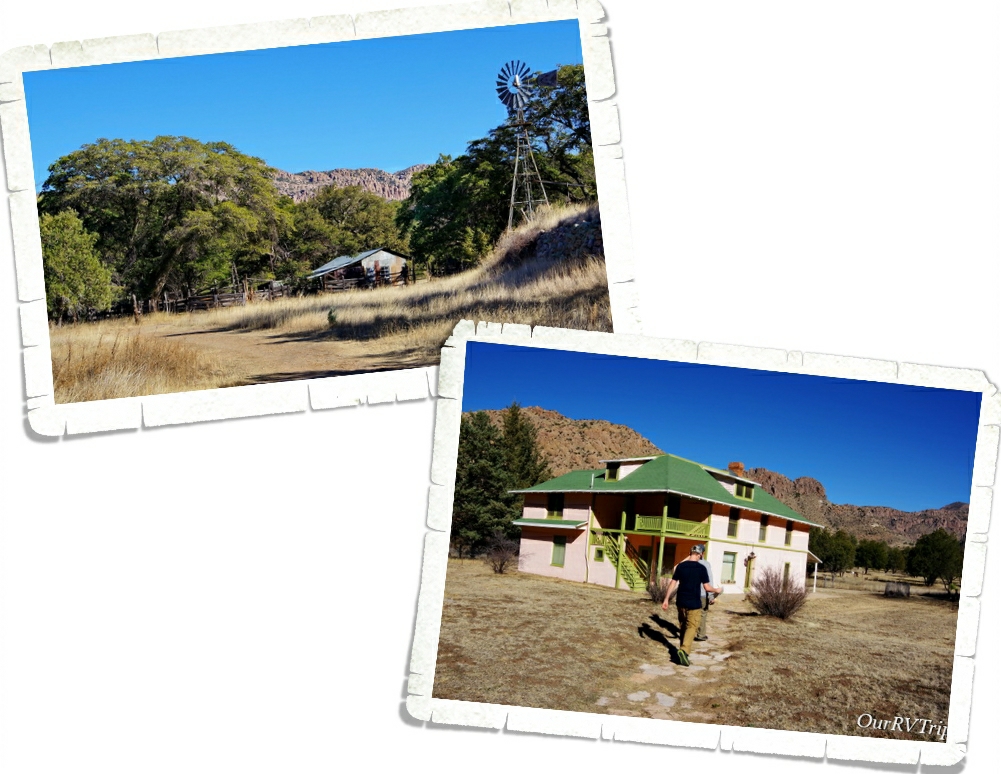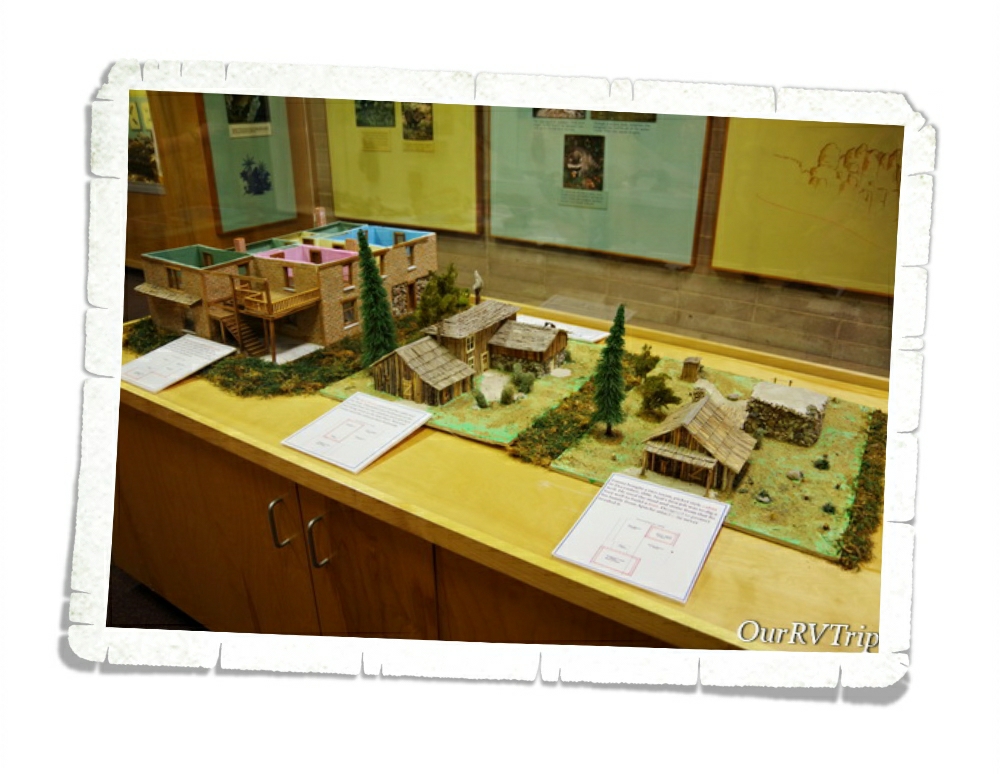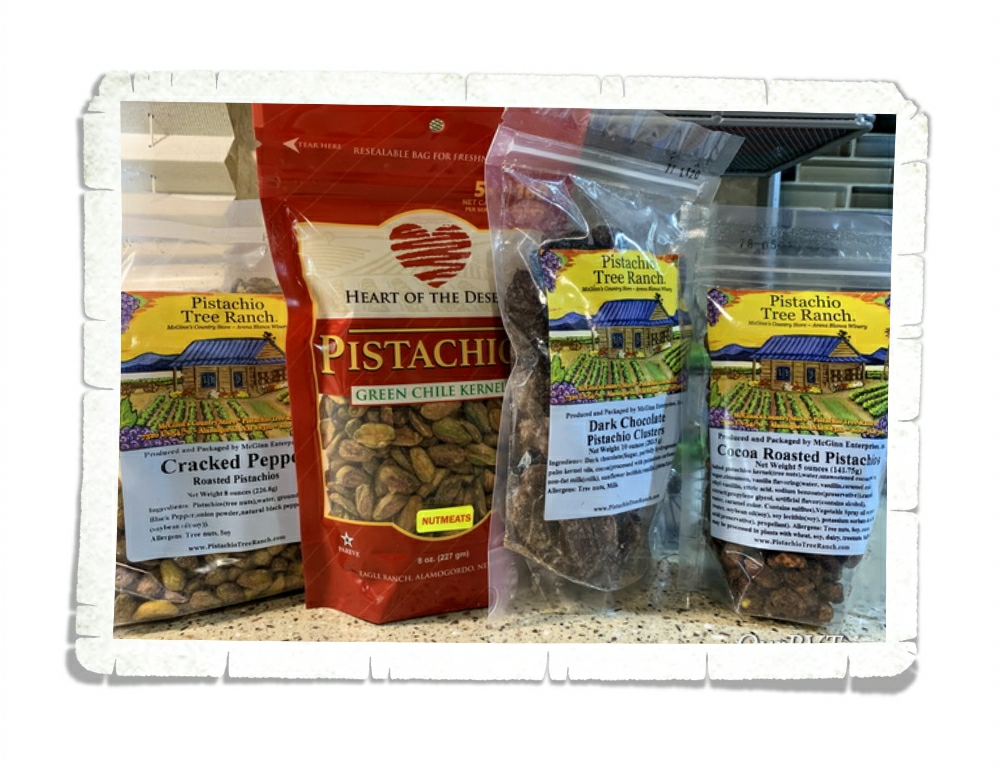
Lava and Mountains
Hey Guys! We stayed in Ketchum, ID for two weeks and had some pretty cool adventures! Originally, before the whole CV 19 thing, we hadn’t planned on being in this area. I couldn’t make it work around getting to the other places we had planned. We’re still bummed to have missed out on some of the other adventures we’d planned, but being able to make it to this area takes some of the sting out of it.
At this time, CV 19 numbers were on the rise again and some states were starting to close back down. In Ketchum and the surrounding areas, face masks were required anytime you were out and couldn’t socially distance or anytime you were in a store. We were worried that we’d have to miss the rest of this travel year.
Because we were worried about National Parks closing back down (some of them were), the first thing we did was go to Craters of the Moon National Monument. There were more people there than I thought there would be, but it was by no means crowded. Pretty much everyone wore a mask when in close proximity to other people.
Craters of the Moon National Monument is a collection of three major lava flows with cinder cones sprinkled here and there created between 15,000 to 20,000 years ago. The NP Monument was created in 1924 and then expanded in 2000. Lava tubes, tree molds, lava rivers, spatter cones…there’s a lot to explore at this National Monument.
You can see some of the cinder cones in the picture above on the left. There are a couple of trails that lead up to two of them where you can look down into them. We were surprised to see snow in one of them since it was close to 90° the day we were there.
We also made it out to see some tree molds. We’ve seen these before and they never cease to amaze us. The lava here didn’t erupt out of volcanoes like Mount St. Helens, but rather oozed out of fissures and occasionally spewed out of vents. A tree mold is made when lava flows through an area with trees. The lava coats the outside of the tree and cools just enough to make a cast or mold of the tree, but the tree inside burns up.
We were surprised to find flowers in an old lava flow. The flowers and trees offered a vibrant pop of color in an otherwise monochromatic landscape.
We spent an entire day trying to soak up as much of the Sawtooth Mountains as we could. We stopped several times to ogle the Salmon River.
Guys, we found some geothermal hot-springs coming right out of the side of the mountain! Right across the road from the river. People have used boulders and rocks in the river to make soaking pools. It was really cool to see. We didn’t have our swimsuits so we didn’t try any. We did walk up to where the water was coming out of the ground and let me tell you…that water comes out HOT!! Wowza!
When we headed out that morning, we had two specific destinations in mind. Both of them are part of Land of the Yankee Fork State Park. The first one was the Bayhorse Ghost Town. Y’all know we love to explore ghost towns. We go to as many as we can. Bayhorse is probably one of the better ones we’ve seen. Tucked back in a narrow, rocky canyon, the old mining town of Bayhorse was built on steep slopes. Only the most determined prospectors ventured here to make a life.
During it’s heyday, the Bayhorse Mining District produced ten million dollars worth of different metals. In the end, a horrible fire and dropping silver prices doomed the town of Bayhorse. For a long time, the town was closed to visitors due to hazardous conditions, but in 2006 Bayhorse became part of the Idaho State Park System and they began to clean it up and make it safe for people to visit. When we arrived we were handed some info pamphlets…one of them was a safety brochure about all of the hazardous minerals still found in the town-site. So, if you go…don’t lick anything or crack any rocks open and you should be just fine. 😉
The second place we were hoping to see that day was the Yankee Fork Gold Dredge…which is another unit of the Land of the Yankee Fork State Park. Yankee Fork is a tributary of the Salmon River. Due to the sever winters, this area was called “Land of the Deep Snows” by the tribes who hunted there. The dredge is 112 feet long and weighs 988 tons. They brought it to the Yankee Fork in pieces starting with the huge pontoons it sits on.
From 1940 to 1952, the dredge worked non-stop. In the end, they’d dredged up over a million dollars in gold. Today, the dredge is one of the best preserved in the lower 48. When we were in Fairbanks, AK we went to Gold Dredge No. 8 and toured it. We found the two dredges to be extremely different. Maybe that was just our novice eyes? There were a few volunteers stationed around the dredge the day we went and they all did an amazing job educating us about the daily workings of the dredge.
After spending an entire day in the car, we had to talk the boys into getting back out the next day for a hike. We tempted them with a trial through an ancient pine forest to Titus Lake. The info we had said this hike was an easy trail with only a 500′ elevation gain. It sounded like it was going to be an easy peasy walk in the park…it wasn’t. When you start your hike at almost 9,000 feet…it doesn’t take much to feel winded. Honestly, I was too busy swooning over the flowers to mind the work. I was in summer wildflower heaven and stopped frequently to take pictures. And breath. The views were spectacular, the flowers were vibrant and the lake was a brilliant emerald color! What more could you ask for?
We celebrated Charlie’s birthday while we were in Ketchum. Our oldest is twenty years old. Twenty! Guys…how is that even possible? I mean, I’m way too young to have a twenty year old, right? He got a new board game called 7 Wonders for his birthday and we love it. It’s quickly become one of our faves.
We went out for some foodies a few times. Surprisingly, we found a bbq place called Smokey Bones that was pretty darn good! Nicholas, of course, had to hit up a pizza place during our lunch date.
I know y’all only come to see the pictures of flowers…that’s why I leave them for the end. You have to make it all the way though the post to see the pretties. Ha!!
We had a great time adventuring in the Ketchum, ID area! We’re a fan!
See y’all down the road!
#NationalParkTour





